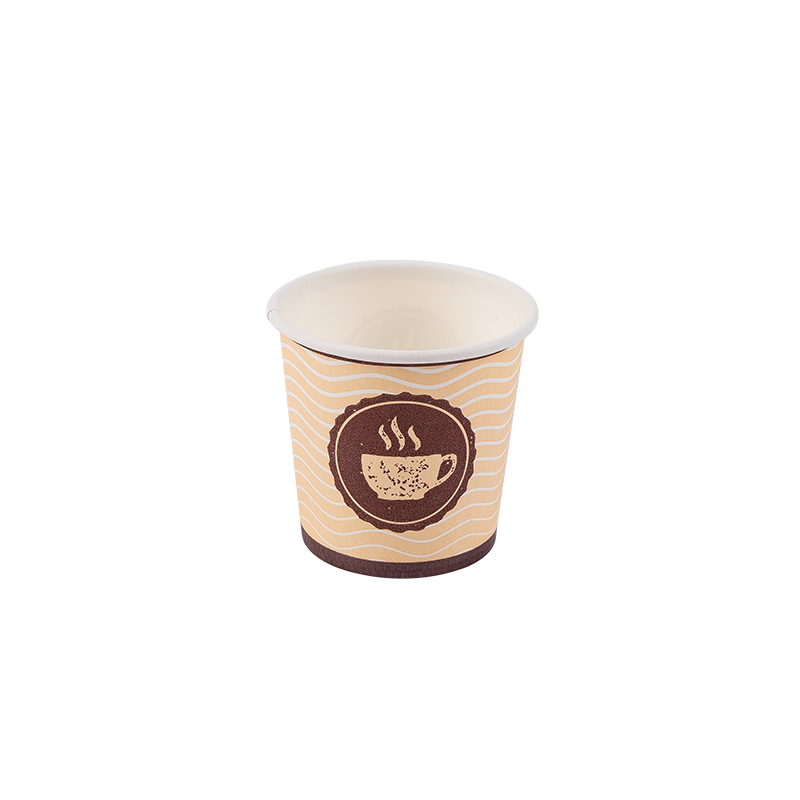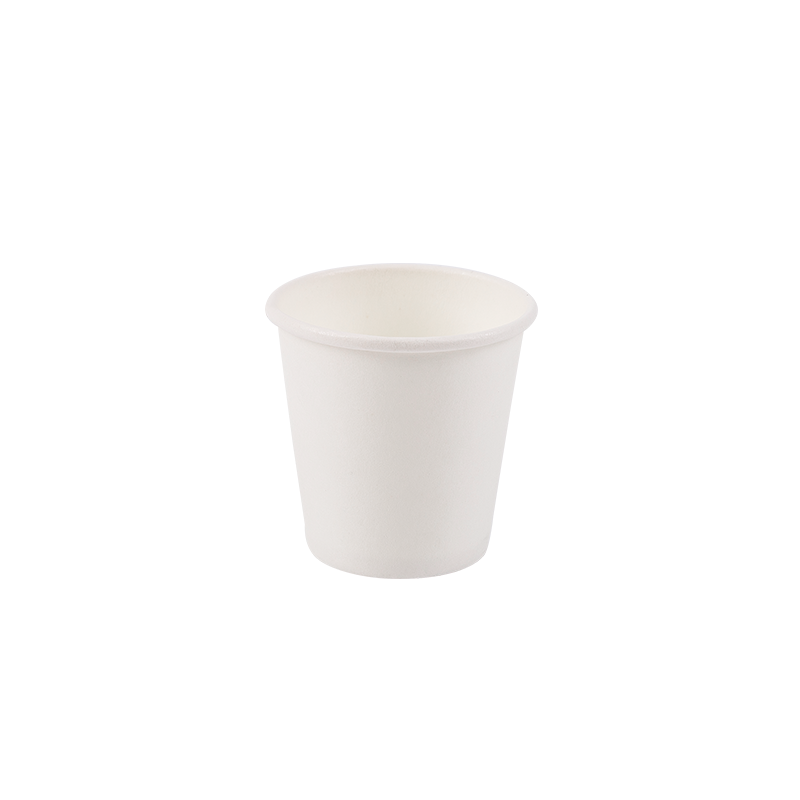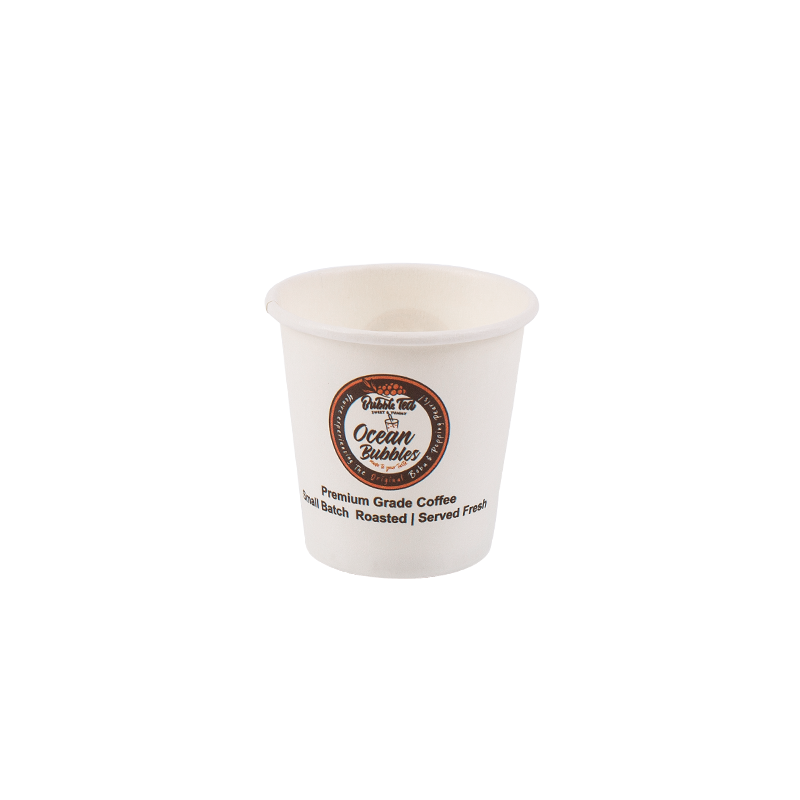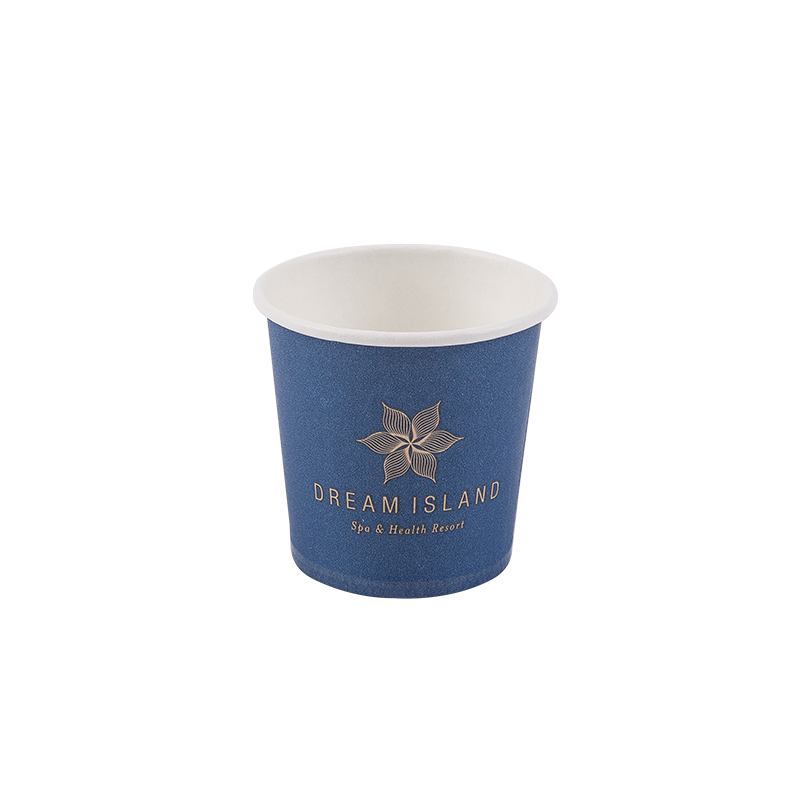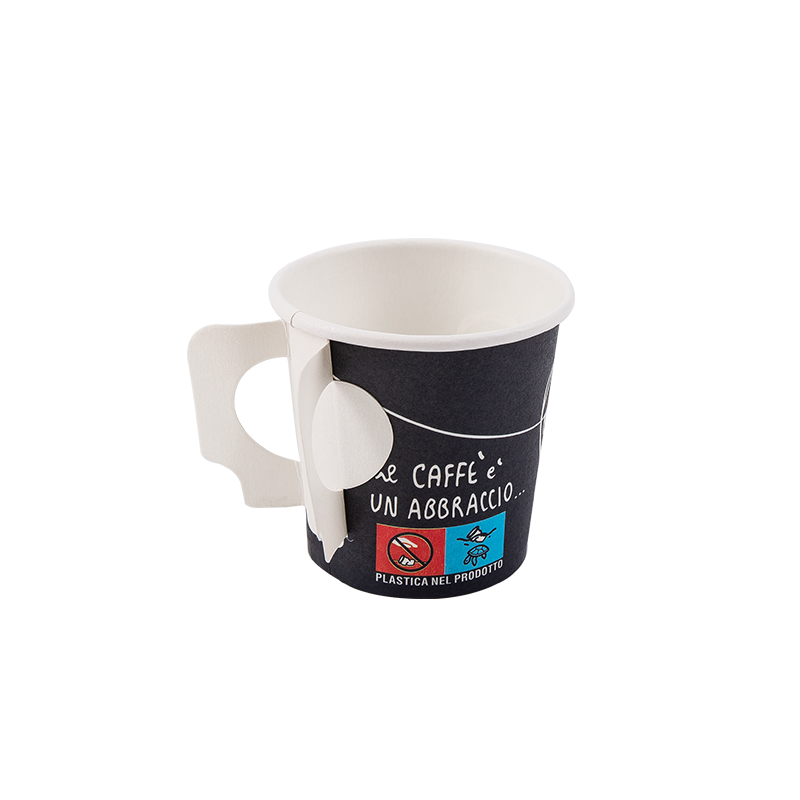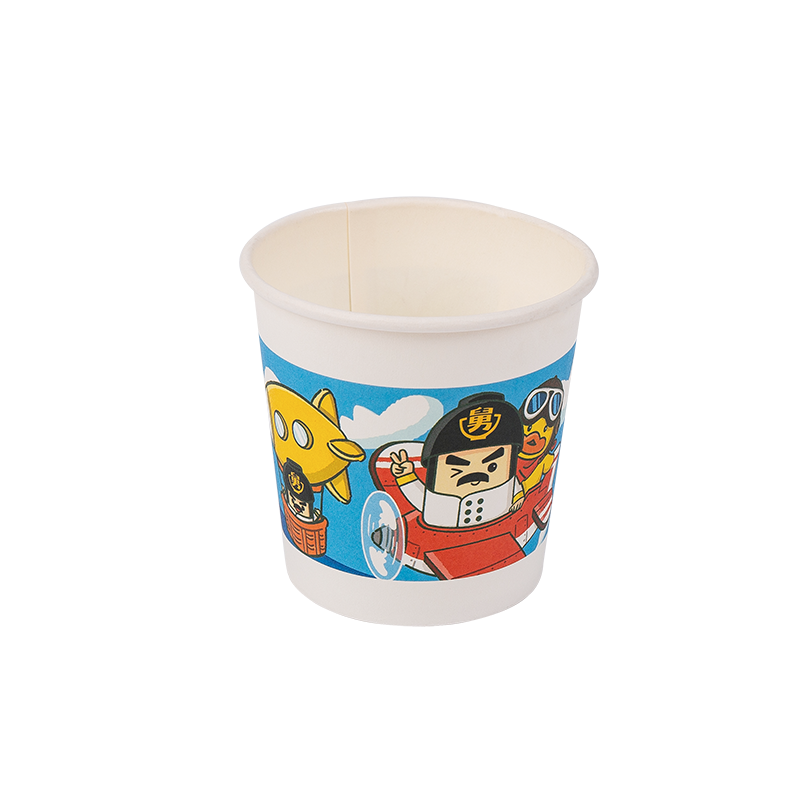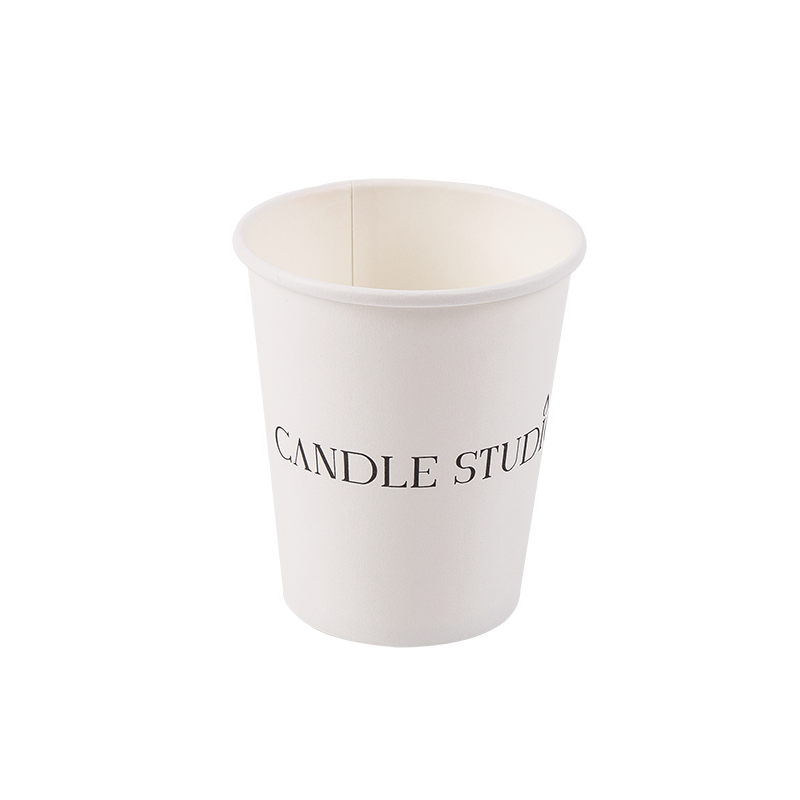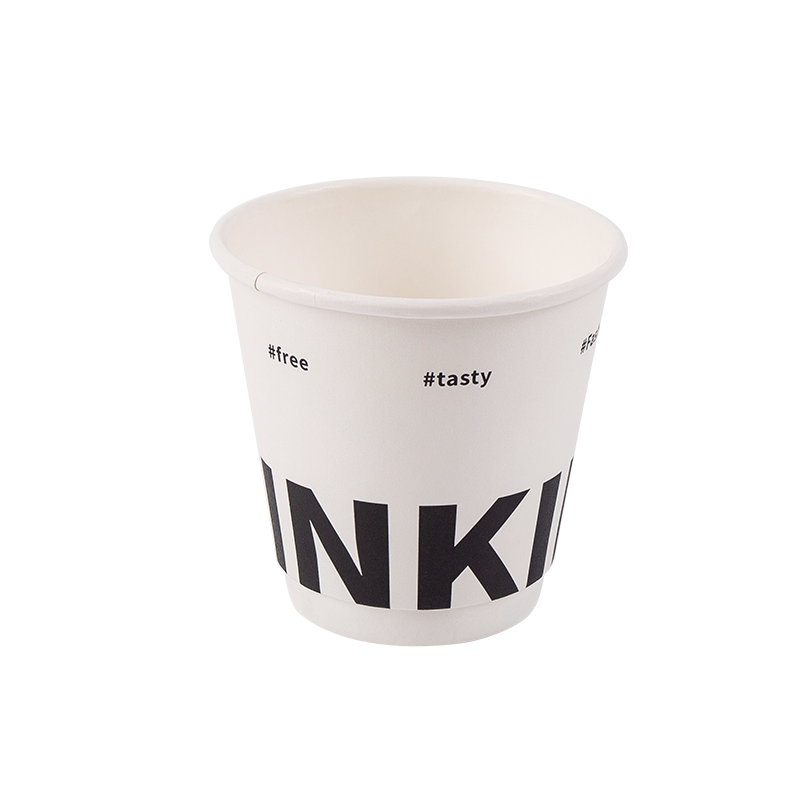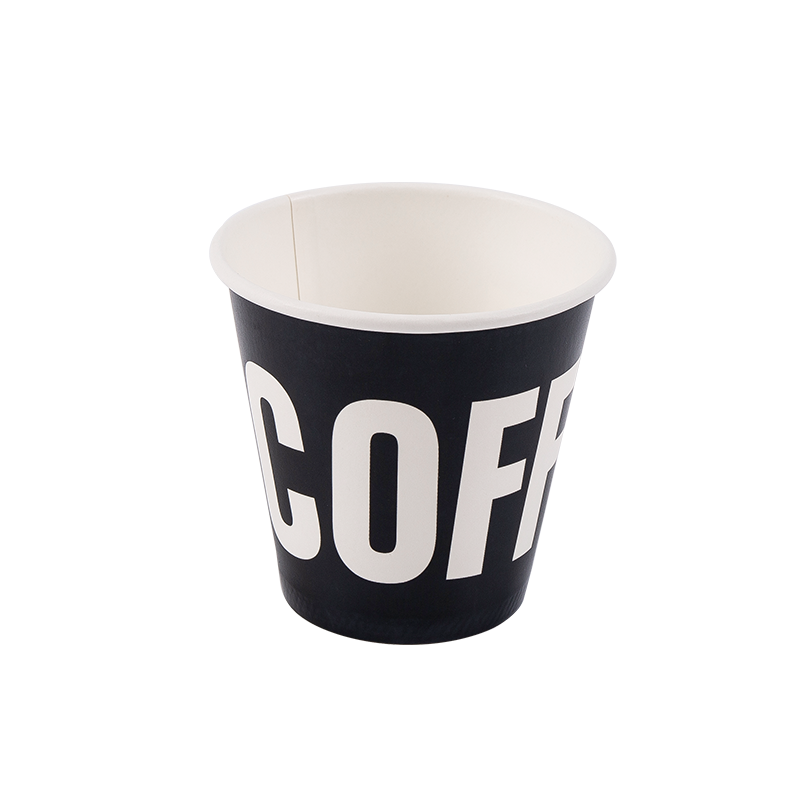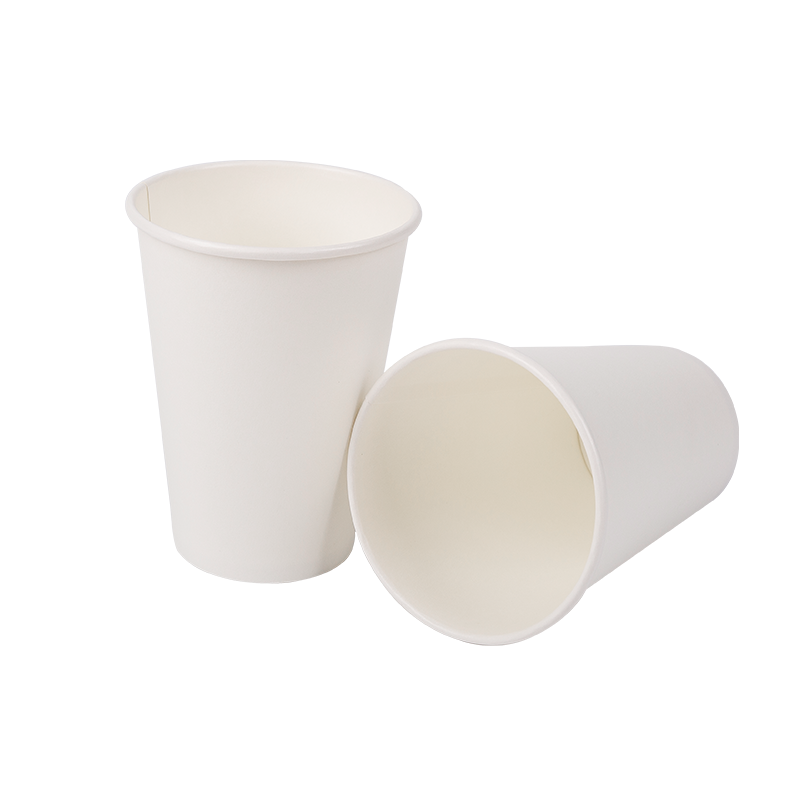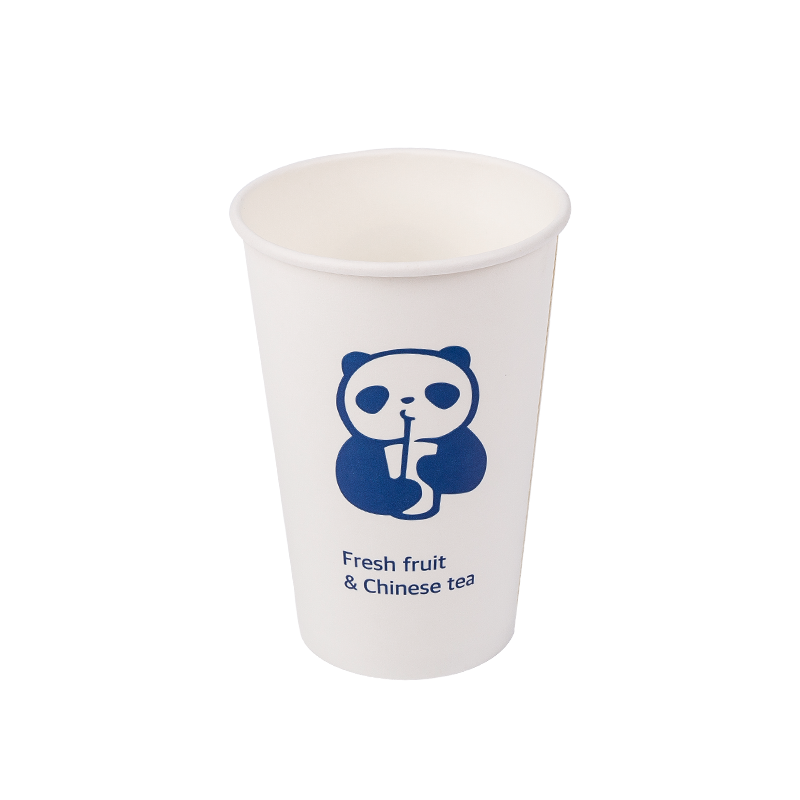While most paper is generally biodegradable because it's made from natural fibers, some types break down much faster and more completely than others. The "most" biodegradable paper typically refers to those with minimal processing, no harmful additives or coatings, and often those designed for specific eco-friendly purposes.
Here are some of the most biodegradable paper types:
Seed Paper: This is arguably the most "biodegradable" in an active sense. It's made from recycled paper pulp with seeds embedded in it. After use, it can be planted directly into soil, where the paper breaks down and the seeds sprout, leaving no waste behind.
Uncoated, Unbleached Papers (like natural Kraft paper): These papers are minimally processed, often retaining their natural brown color because they haven't been bleached with harsh chemicals. The fewer additives and treatments, the faster and more completely the paper will decompose.
Paper made from agricultural waste (Sugarcane/Bagasse, Wheat Straw, Hemp, Bamboo): These "tree-free" papers are made from byproducts of other industries or from fast-growing, renewable crops. They are generally highly biodegradable as they are derived from natural plant fibers and often require fewer chemicals in their production compared to traditional wood pulp paper.
Recycled Paper (especially 100% post-consumer waste): While the recycling process itself involves some energy and chemicals, paper made from 100% post-consumer waste diverts materials from landfills, reducing overall environmental impact. As long as it's not heavily coated or treated, recycled paper will still biodegrade.
Tissue Paper/Paper Towels (unbleached and without added chemicals): These are thin and loosely structured, allowing for rapid decomposition. However, be mindful of those with added dyes, fragrances, or wet-strength chemicals, which can hinder biodegradability.
Factors that affect biodegradability:
Coatings and Additives: Plastic or wax coatings (common on cups, milk cartons, glossy magazines, or some food packaging) significantly inhibit or prevent biodegradation.
Chemical Treatments: Bleaching agents and other chemicals used in paper production can sometimes slow down decomposition.
Thickness and Density: Thinner, less dense papers (like tissue) decompose faster than thicker, denser ones (like cardboard).
Environmental Conditions: Paper degrades best in conditions with adequate moisture, oxygen, and the presence of microorganisms (like in a compost pile). In anaerobic landfill environments, even highly biodegradable paper can take a very long time to break down.
When looking for the most biodegradable paper, prioritize options that are:
Uncoated and unlaminated.
Made from recycled content or agricultural waste.
Free from harmful chemicals, dyes, and fragrances.
Ideally, certified by organizations like FSC (Forest Stewardship Council) which indicates sustainable sourcing.
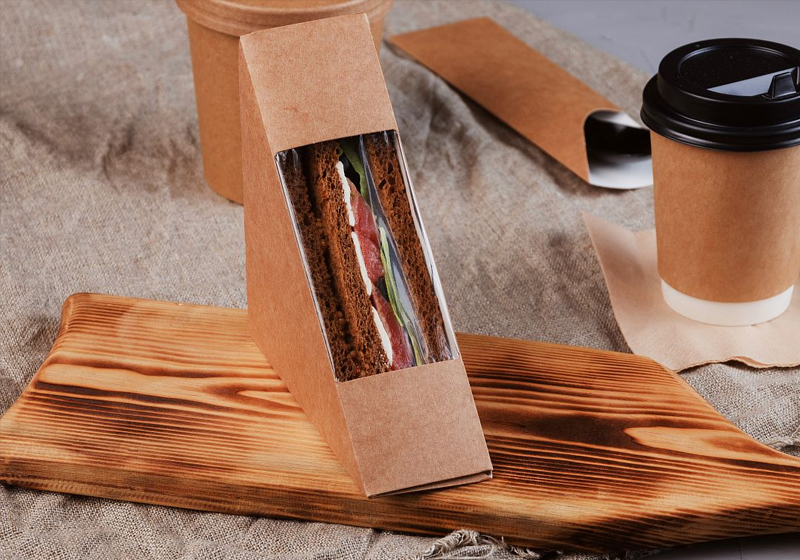










 English
English русский
русский Español
Español 中文简体
中文简体